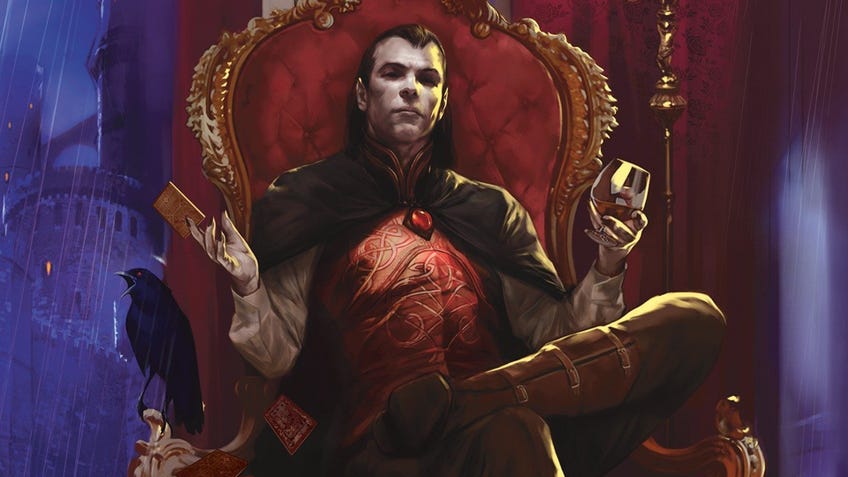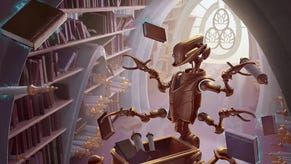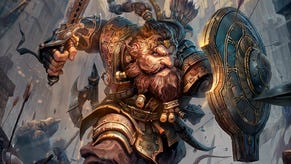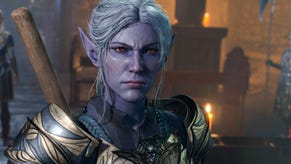Dungeons & Dragons’ Gothic Lineages offer an alternative to race, but not yet a replacement
Moving the needle on character creation options - just.
Recently-released playtest material for Dungeons & Dragons offers players character new lineage options and provides a working example of how future material will embrace a new understanding of race in the popular tabletop setting.
Unearthed Arcana has historically been Wizards of the Coast’s method of garnering playtest feedback from the public while at the same time offering a peek into upcoming supplements or reworks. Gothic Lineages, released on January 26th and authored by F. Wesley Schneider, Ben Petrisor and Jeremy Crawford, perhaps shows the company’s first steps towards designing race beyond the old and rightly criticised model revised in Tasha’s Cauldron of Everything.
Players will find as-yet unofficial options inside for creating characters with one of three new lineages: dhampir, hexblood or a reborn. Dhampirs straddle the line between fully blooded (heh) vampires and the mortal they once were. Perhaps a tragic accident interrupted your immortal lover converting you to their status, or you only barely escaped an attack that left you fundamentally changed. This lineage bestows heightened senses and some paranatural abilities such as climbing on walls, but the price of such is a capital-H Hunger that must be slaked or resisted.
Hexbloods encountered a hag at some point in their life and were indelibly changed by the creature’s ancient magic. Whether enhanced as a newborn or signed to a pact later in life, a hexblood gains some of their patron’s mystical powers and finds themselves on a road to greater abilities - if they accept the physical toll it takes on their appearance and nature.
Finally, reborn individuals have experienced death and someone emerged alive on the other side. Miracle, magic, science or chance wrinkled their fate, but the creases won't iron out so easily. A reborn will find themselves narrowly escaping death constantly, and their body no longer requires food, water or sleep. Their mind, though, keeps tossing old memories in lieu of scraps from someone else’s past and requires meditation to shore up these constant leaks.
These three lineages act as optional replacements for the race traditionally chosen during D&D 5E character creation. Players who opt for a lineage describe their character’s form and culture narratively and no longer amend their stats and abilities based on the choices. In the playtest material, the designers state that any future race options will only modify stats to reflect “the physical or magical realities of being a player character who’s a member of a particular lineage”. For example, dragonborn characters will still have breath weapons but no shift that indicates their propensity - or lack thereof - in the character’s six core stats.
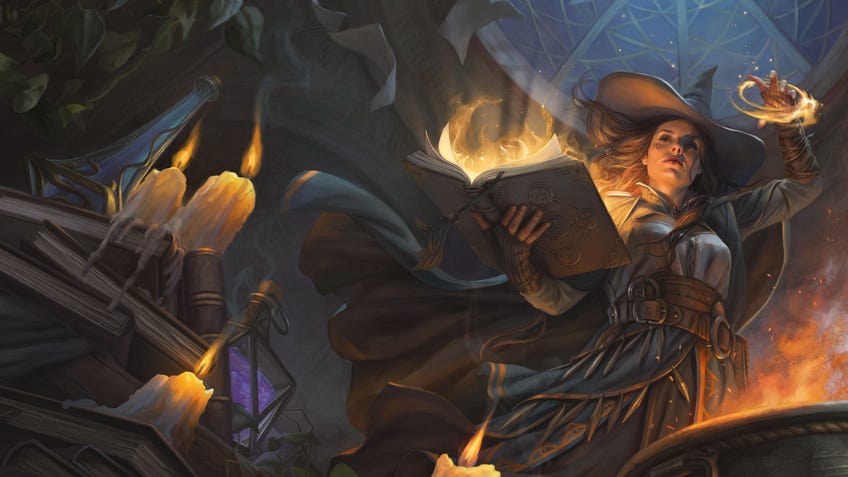
“Such traits don’t include cultural characteristics, like language or training with a weapon or a tool, and the traits also don’t include an alignment suggestion, since alignment is a choice for each individual, not a characteristic shared by a lineage,” the playtest material states.
Traditionally, these stat shifts reflected concepts like elves being naturally lithe or orcs possessing enhanced strength but stunted intellect and proficiency with tools or training. Beyond the real and long-documented racial stereotypes embedded in Dungeons & Dragons’ fantasy races, players felt these mechanics enshrined concepts of racial essentialism akin to phrenology and other debunked race sciences.
Many players critical of Wizards of the Coast’s portrayal of race weren’t pleased with what they saw as a half-measure in Tasha’s Cauldron of Everything, and Crawford subsequently told Dicebreaker it could take “several years” to fully implement any improvements to the current system. Until then, playtest material such as these new lineages will only offer alternatives to players motivated to toss out mass-printed and readily-available rules.
